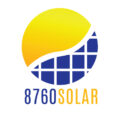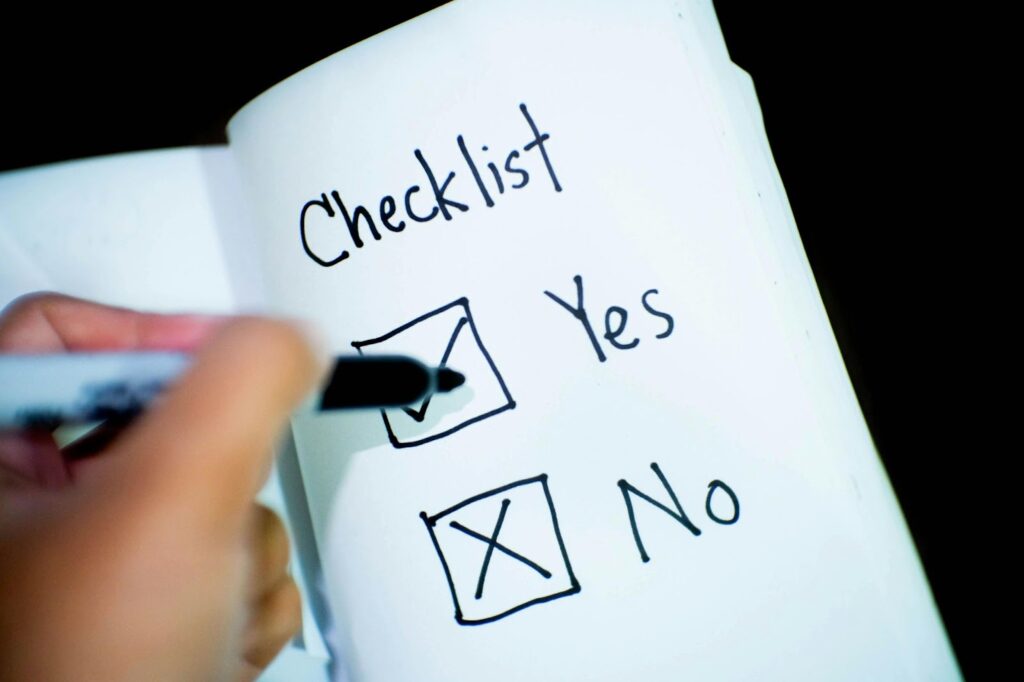
Solar panel inspections. Are they really necessary?
The short answer is yes!
If your solar system is brand new, then an inspection is legally required before you can switch it on. Ongoing inspections are also required to maintain the system’s peak performance and protect your investment.
Each inspection requires different checks, which can vary. That’s why we’ve created this ultimate checklist. If you have an official inspection looming or want to carry out a self-inspection of your solar array, our guide will provide you with all the necessary steps.
In a Nutshell
- A mandatory inspection is required for new solar installations. Passing it enables you to place the solar system into operation.
- Self-inspections should be carried out annually or following severe weather events.
- A professional routine inspection is recommended once every two years.
- If your solar system suddenly drops in performance, carry out a self-inspection, but also arrange for a professional inspection.
What Types of Solar Panel Inspections Are There?
Most people are surprised to learn that there are several types of solar panel inspection.
If your system is brand new, you have to pass an official inspection, while existing solar arrays benefit from routine self-inspections and periodic professional inspections.
That’s a lot of inspections! But if you want to ensure the efficiency and longevity of your panels, all of these inspections are necessary.
New Solar Installation: Final Inspection
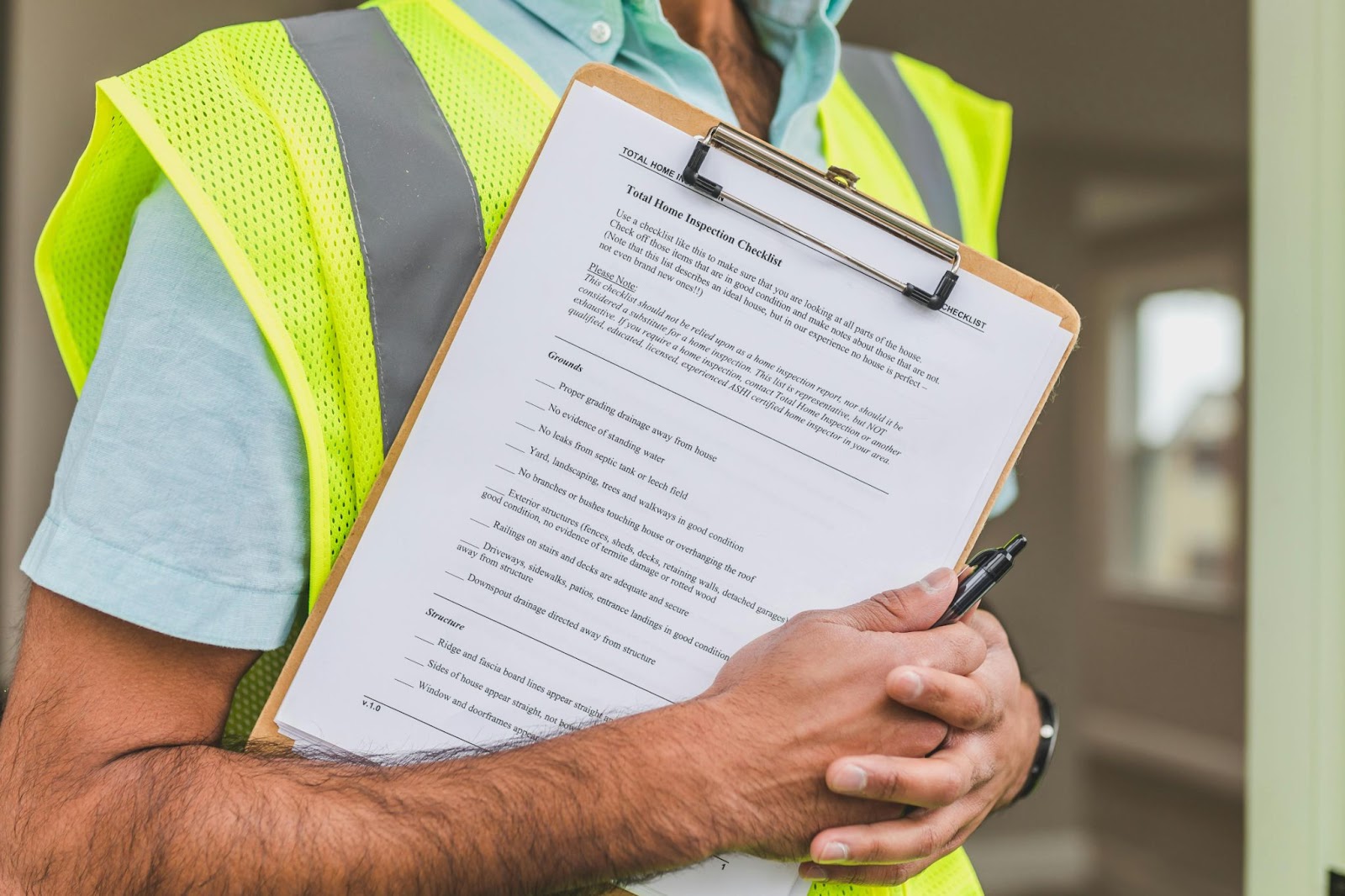
For new solar installations, the final inspection is an integral part of the process. Without it, you cannot switch on your new solar panels or use the solar system in any way.
Once the solar system has been installed, an official inspection must take place. This is required to ensure that the installation meets building and electrical codes and is safe to operate.
The inspector will scrutinize all electrical components and structural items of the physical solar system and go through your paperwork, including the building plans.
If everything is fine, you will be given the go-ahead to switch your system on. If something is amiss, you will need to rectify the problem and arrange for another inspection.
Routine Self-Inspections for Maintenance
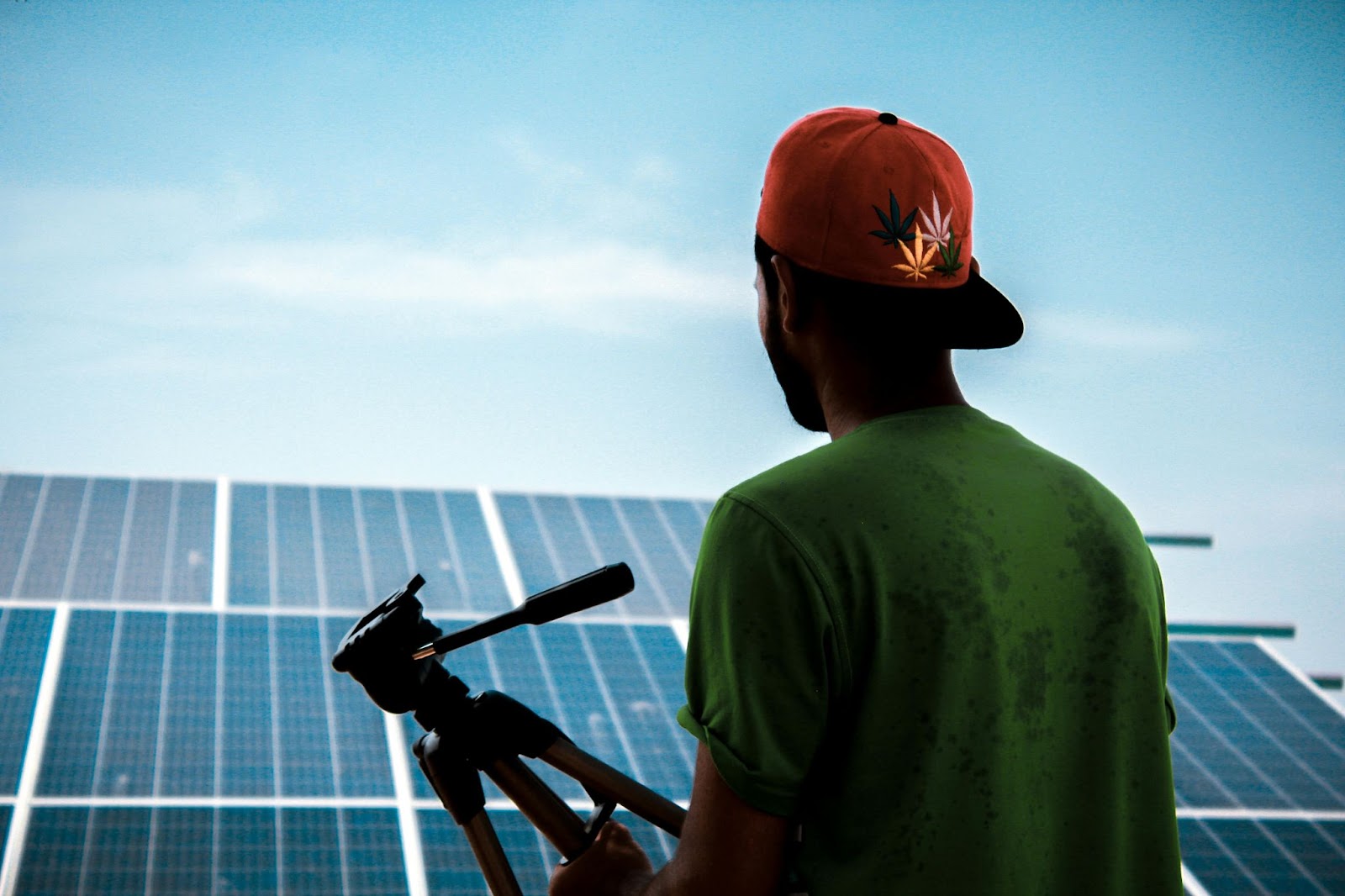
Self-inspections of your solar system are crucial for ensuring your solar panels continue performing well. While solar panels are pretty low-maintenance, that doesn’t mean you should ignore them entirely.
Carrying out regular inspections will allow you to keep them functioning to their optimum level and also spot any problems or issues before they get out of hand.
Your inspection should cover all aspects of your solar installation, including the panels, the electrical components, the structural parts, and the batteries if you have them.
External Solar Inspection Services
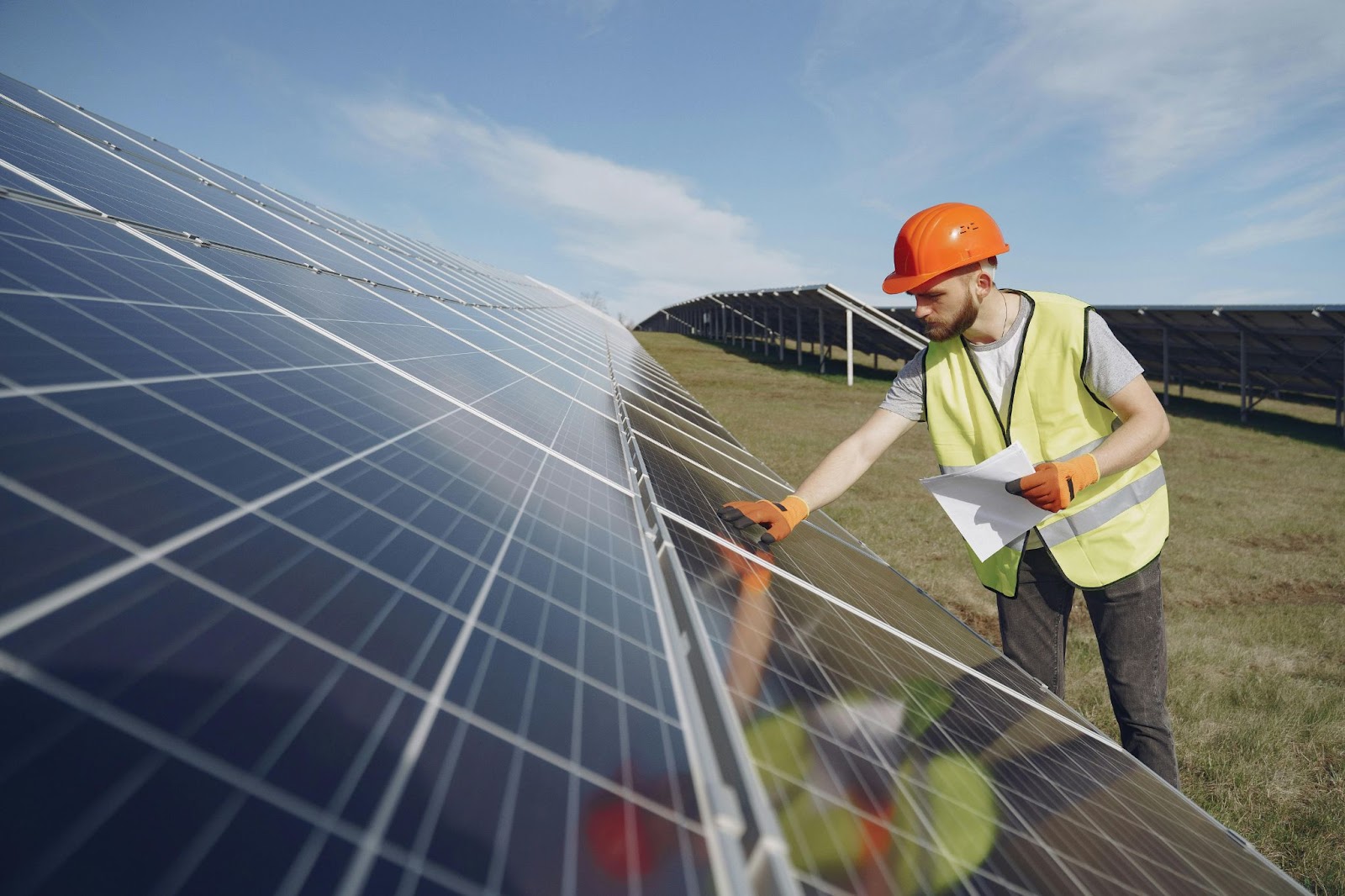
Every now and then, it’s worth getting an external inspector to look at your solar system.
These services are widely available and consist of a qualified individual coming to your premises and thoroughly analyzing your solar setup.
While this obviously costs money, the advantage of using such a service is that they are experienced and can spot problems you are likely to miss. Moreover, they can generally carry out any necessary repairs to rectify such problems.
It’s also worth noting that the National Electric Code is updated every 3 years and generally has new requirements. This means your solar system can easily fall out of code, and you won’t know about it unless you have an inspection.
If you carry out regular self-inspections, then it’s recommended to use an external inspection service once every two years. However, if you notice a significant drop in the performance of your solar panels and a self-inspection doesn’t reveal anything, it’s highly advisable to call in the experts.
Why are Solar Panel Inspections Important?
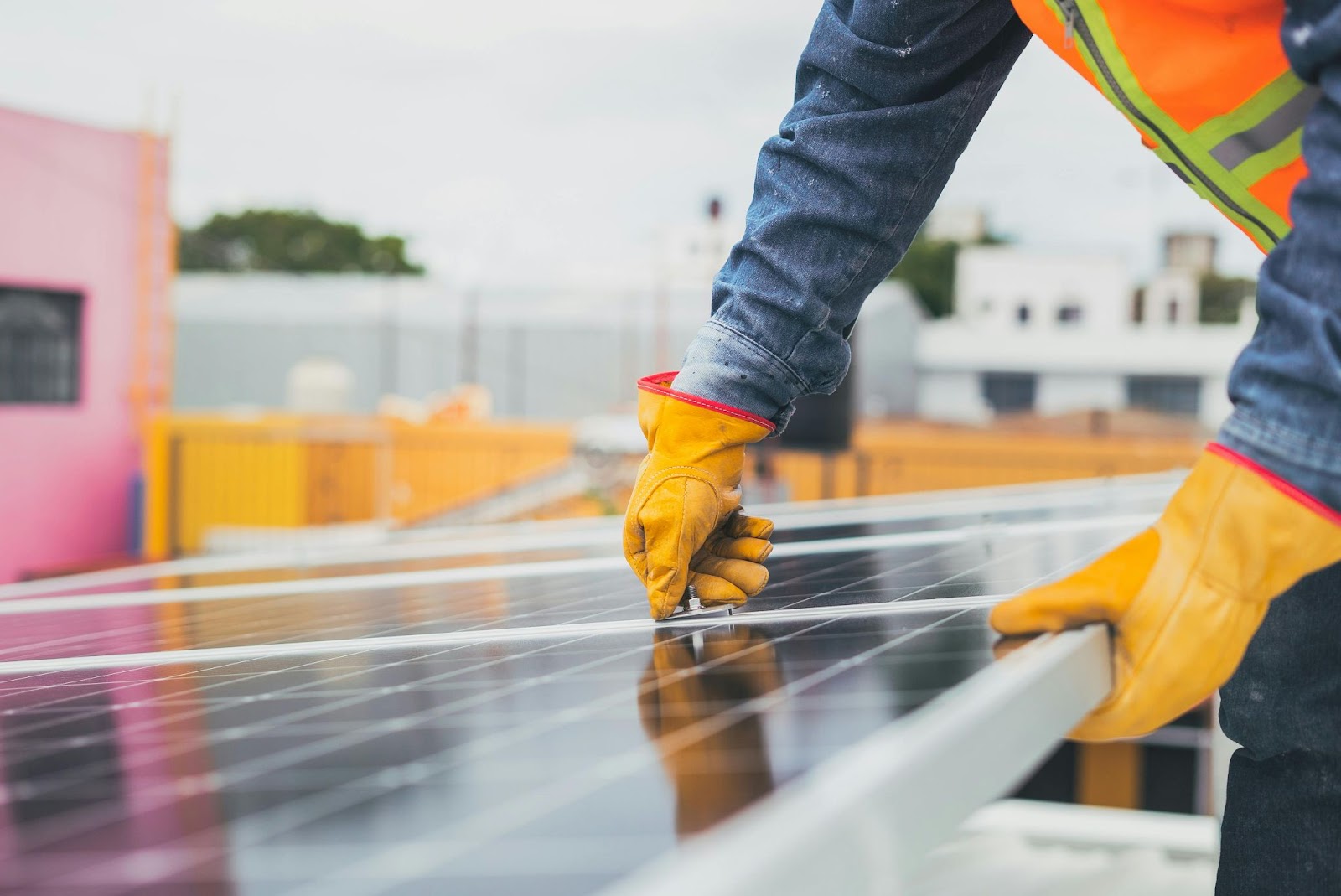
Solar panel inspections are important because they allow your setup to run safely at maximum efficiency.
Even though a solar installation isn’t the most technically complex thing around, it still has a lot of components – notably electrical ones – that have the potential to break. A broken component can not only significantly reduce the output of your panels, but it may also pose a serious fire risk or danger to those who get in close proximity to it.
Additionally, a damaged system will likely place you in violation of building and safety codes. If you are found guilty of being in violation, it can lead to a fine or potentially something more serious.
Solar Installation Final Inspection Checklist
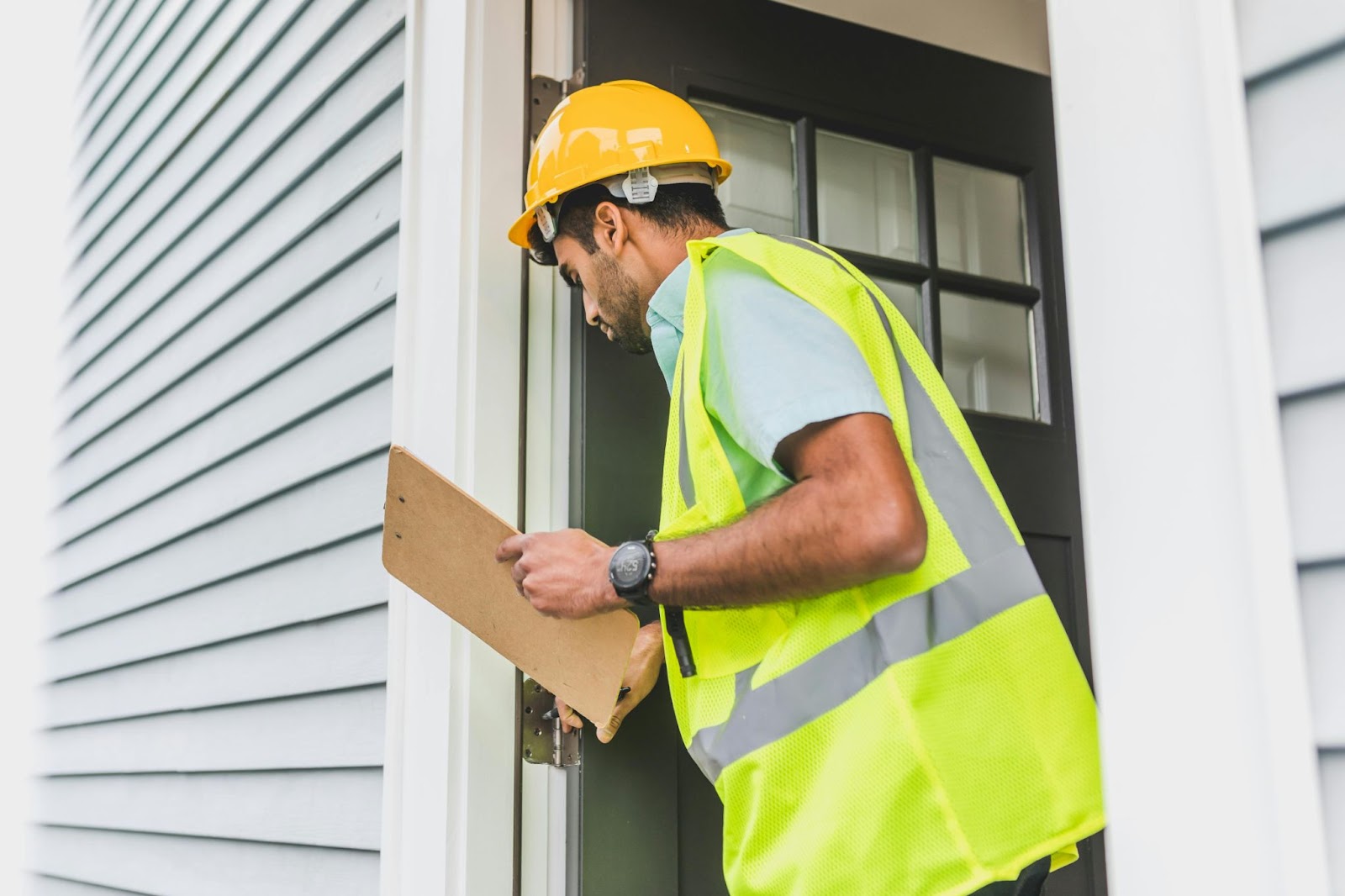
The inspection for your brand-new solar system isn’t as daunting as it may seem. If you have hired a solar developer to plan and install your system, they will likely assist you through the inspection process as well.
In any case, a solar developer will have already ensured that your array conforms to building, electrical, and safety codes, so there should be no issue whatsoever.
However, to familiarize yourself with what the inspection will involve, here’s a checklist of everything they look at:
| Area of inspection | Item inspected |
| Required documentation | System plans, including electrical design |
| All manufacturer and system warranties | |
| All required permits | |
| Parts and source list | |
| Photovoltaic (PV) modules and arrays (ground and roof-mounted) | PV modules are installed according to the plans, is neat in design, and optimized for performance |
| Surrounding vegetation can be properly managed and won’t obscure the arrays | |
| PV modules are not damaged or broken | |
| PV module model number matches plans | |
| PV modules have a sufficient warranty | |
| Module connectors are tight and secure | |
| Penetrations to any buildings are sealed and fire resistant | |
| Metal framing and other metallic surfaces are properly grounded | |
| Metals are not vulnerable to corrosion | |
| Any aluminum is not in direct contact with concrete | |
| Roof-mounted arrays | Array is securely attached and raised sufficiently off the roof surface in accordance with fire safety regulations |
| Fixings that penetrate the roof are secure and weather tight | |
| Conductors are not in contact with roof surface | |
| Attachments are fixed into the rafters (if required) | |
| Inverter / electrical | Inverter is installed in accordance with the plans and is easily accessible |
| Inverter model number matches plans | |
| Inverter is new, has a sufficient warranty, and is CEC approved | |
| Wire and conduit are installed in sizes according to the plans. The conduit is properly supported | |
| Wiring is neat and secure, not readily accessible, and properly protected from potential damage | |
| String fuses or circuit breakers are DC-rated and no larger than module fuse rating | |
| DC disconnect is DC-rated and readily accessible | |
| AC disconnect is accessible | |
| Electrical boxes are accessible and properly housed according to where they are installed | |
| Utility power is connected | |
| Internet connection operational (if required) | |
| Labelling | All parts are labeled as required |
| Sign displaying site layout is displayed by the meter and disconnect switches | |
| Proper labeling is displayed to identify PV power source attributes at DC disconnect as well as AC point of connection | |
| Outdoor labels are sufficiently weather-proof and fade-resistant | |
| Emergency and maintenance contact information is displayed |
Self-Inspection Checklist

Now we move on to the self-inspection checklist. Don’t worry, you don’t have to be an electrical engineer or solar expert to do this, but it will help if you become familiar with your setup.
When you first get your solar system installed, take time to learn all the components, what they do, and how they should work. Also, familiarize yourself with how everything looks. If it helps, take photos, as they will serve as a reference when trying to determine if something is damaged.
Perform self-inspections:
- At least once a year
- Following an extreme weather event
- If the performance of your solar panels suddenly drops
| Item inspected |
| Does the surface of the solar panel need cleaning? |
| Are there any chips or cracks in the solar panel glass? |
| Is the panel framing intact and showing no signs of damage? |
| Is there anything nearby obstructing light access or creating shade? |
| Is surrounding vegetation obscuring the surface of the solar array? |
| Is there any debris on or around the array that needs to be removed? |
| Are the mounts and rail fixings firmly secure? |
| Is any part of the structure loose or wobbly? |
| Is the rear side of your solar panels free from damage? |
| Is all wiring intact, secured, and not hanging loose? |
| Are there any frayed wires or exposed wiring (where the protective conduit casing has come away)? |
| Are there any signs of corrosion on metal components? |
| Are fixings that penetrate buildings secure and weathertight? |
| For roof-mounted arrays, is the roof surface intact and free from damage? |
| Is the inverter functioning and displaying the correct readings? |
| Are the conductors securely fastened? |
| Is your utility meter connection functioning? |
| Is your array’s performance at the usual levels, or has it dropped significantly? |
| Is all mandatory signage in its proper place and legible? |
Anything you spot that requires general maintenance, like cleaning or removing debris to fix, you can carry out yourself. If you find any structural or electrical damage, call the experts.
Tools for Solar Panel Inspections
Solar Monitoring Systems
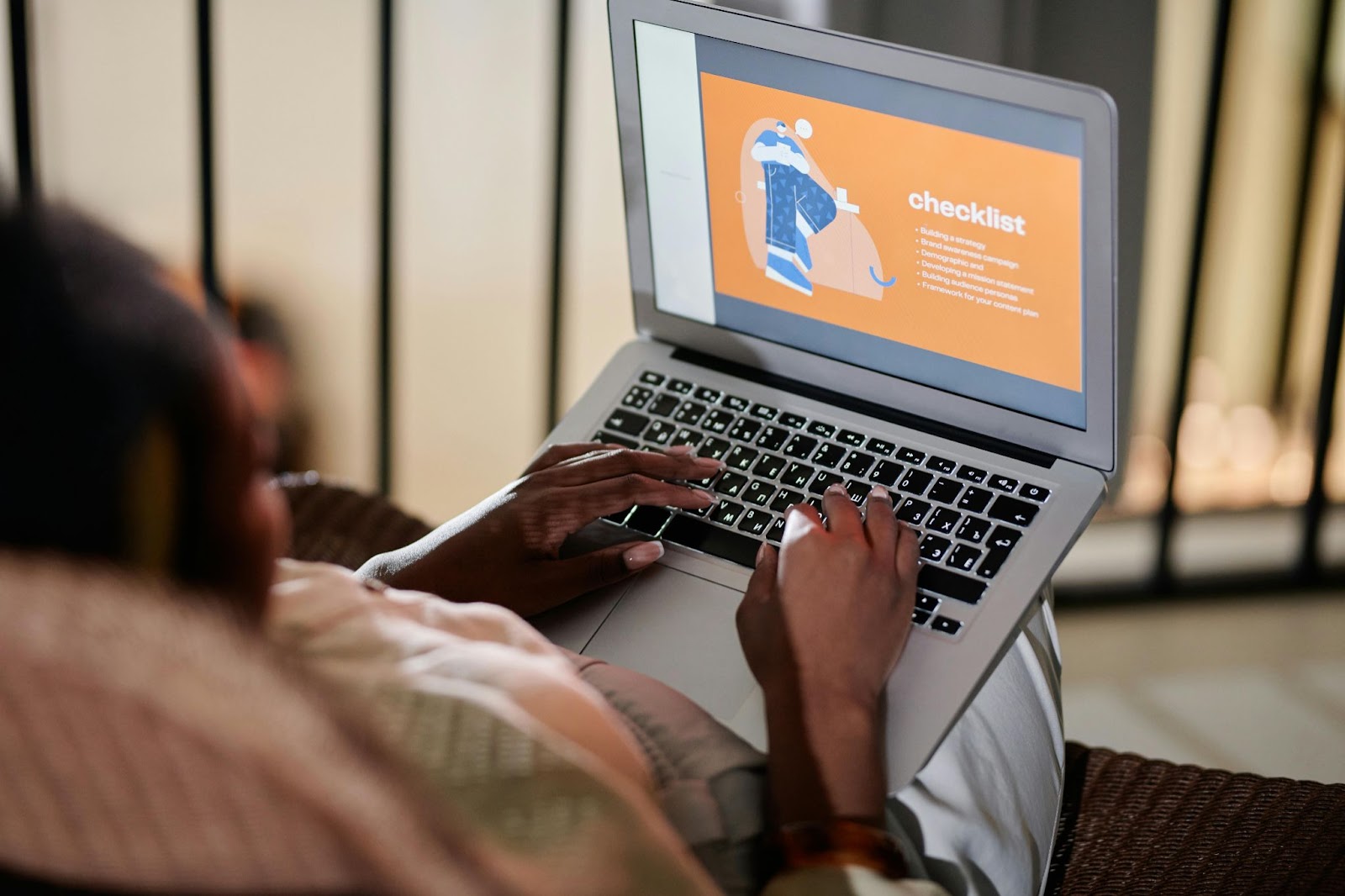
Solar monitoring systems are great because they provide you with a deeper insight into the performance of your solar array and can alert you if something is amiss.
They can be installed at the same time as your solar system or retrofitted onto existing solar arrays.
The monitoring system consists of sensors that feed information to an app or desktop software where the user can read it. This means that wifi or cellular data is required for them to work properly, which can be a disadvantage if your solar array is located where there is no data signal.
Hard-wired monitoring systems are available, but these are more expensive to purchase and install.
Solar Panel Inspection Drones

Drones for solar panel inspection are becoming increasingly common, particularly for large or remote solar arrays and farms.
A drone solar panel inspection consists of flying a remotely controlled drone over to the arrays, using artificial intelligence, thermal mapping, and RGB sensors to analyze and inspect your solar panels.
The precision control of the drone allows it to reach all areas of the solar array without requiring a human to be there. It’s also programmed to detect issues and defects that may otherwise be missed.
Using drone technology to inspect your solar panels doesn’t necessarily require a large financial outlay. A standard drone equipped with a camera can at least perform a visual inspection on your behalf.
This technology makes it very useful for inspecting solar panels following a severe weather event where conditions may still be treacherous, or for roof-mounted arrays. Both carry an element of danger if you inspect them yourself, but since a drone is remote, it’s perfectly safe to do it this way.
When to Call an External Solar System Inspector?
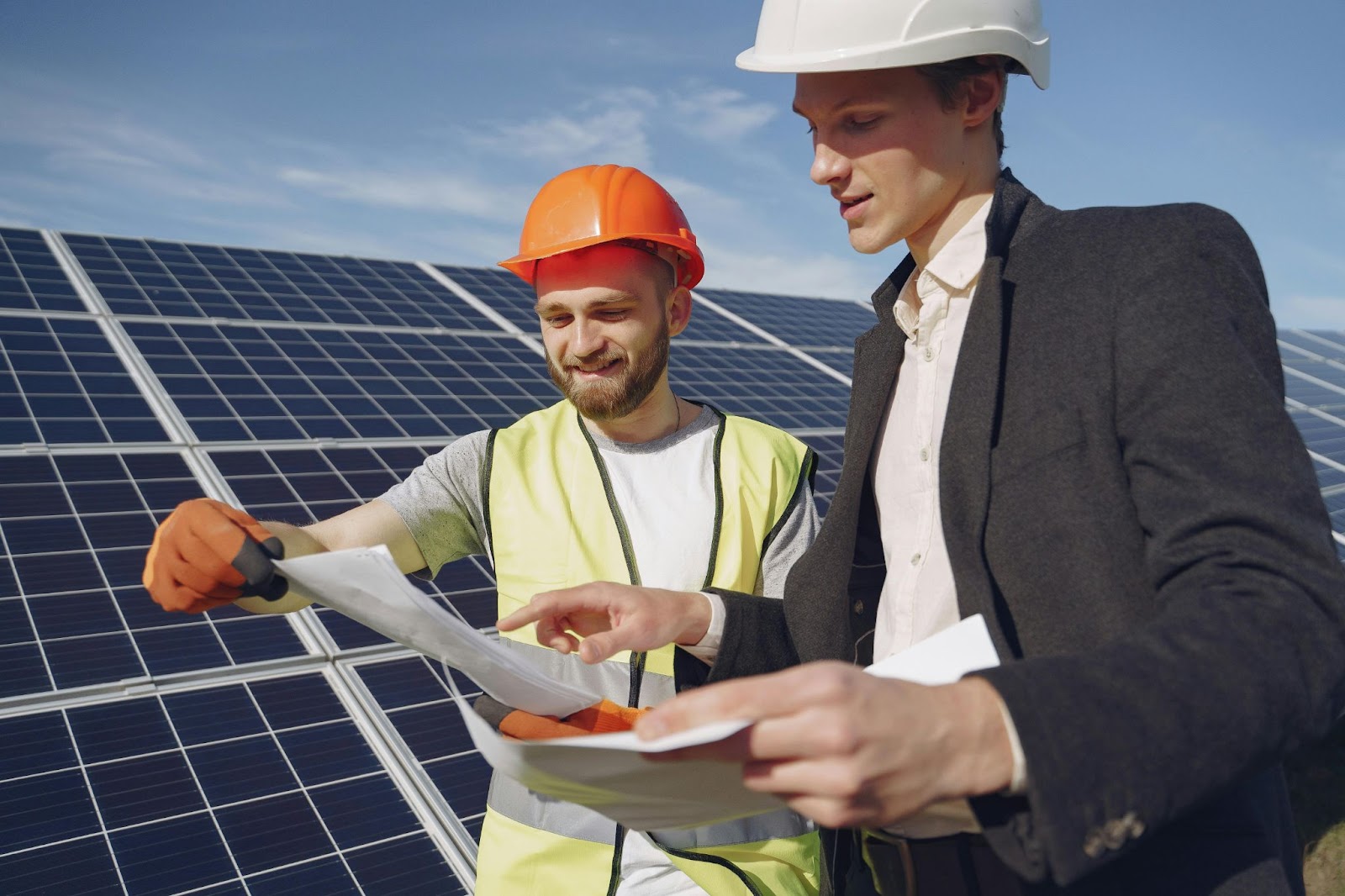
As mentioned, you should schedule an official solar system inspection once every two years.
You should also call in an inspection if:
- There is a noticeable drop in the performance of your system
- A self-inspection reveals a problem
- Your solar system stops working entirely
The checklist for calling in an external inspection service is minimal. However, there are some steps you can take to ensure the process goes smoothly:
- Gather all related paperwork, including the installation plans, your permits, and previous inspection reports.
- Ensure access to all areas of the solar installation is unobstructed.
- Prepare any questions you want to ask the inspector during the process.
When the inspection service arrives, make sure you communicate your concerns. Once the inspection has concluded, the inspector will talk you through what needs to happen. Many inspection services can also carry out the necessary repairs.
Chat With 8760 Solar
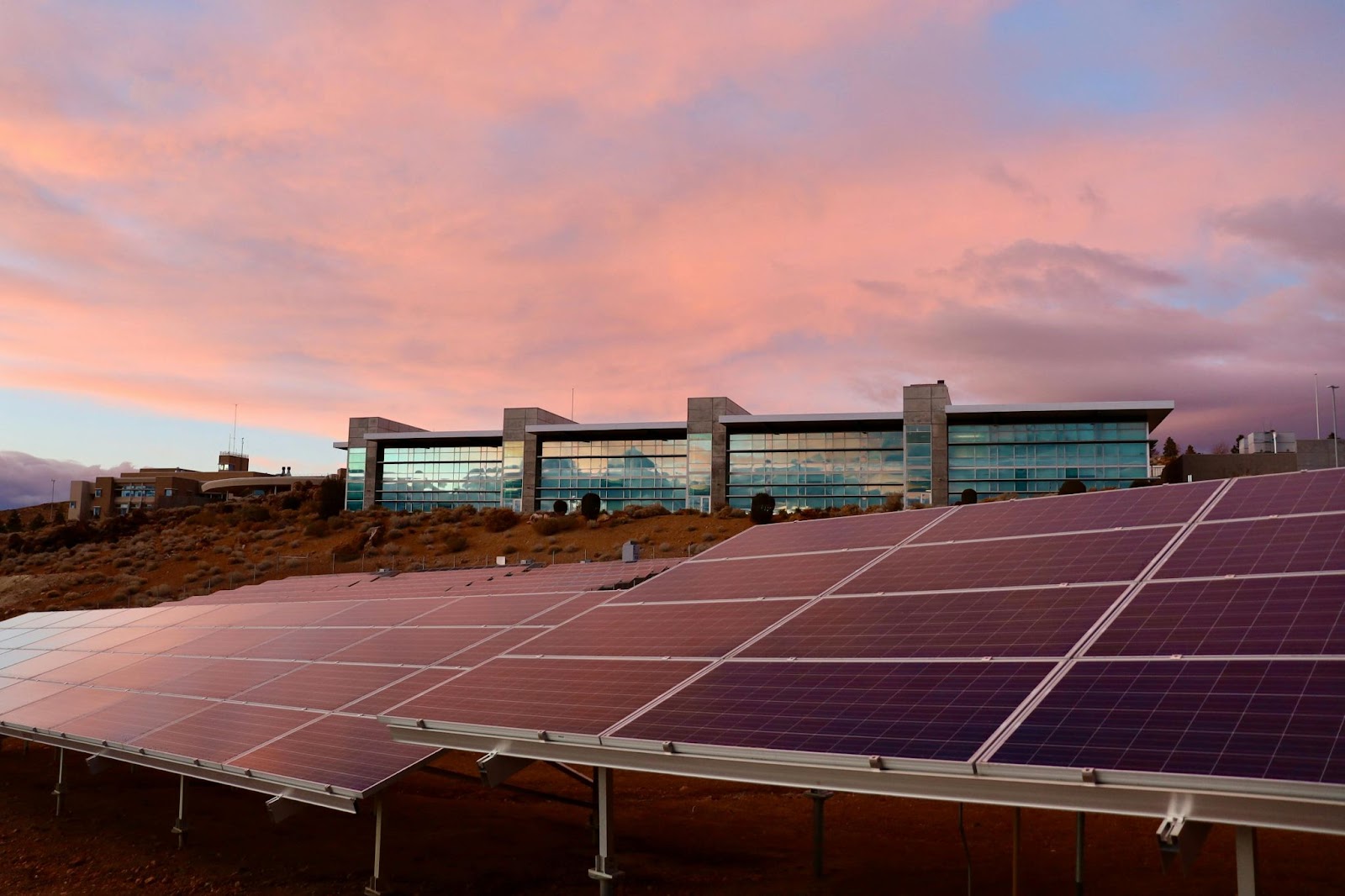
A solar developer worth its salt will install high-quality equipment with far less potential to break or get damaged and see you correctly through the inspection process of your newly installed solar system.
8760 Solar is a trusted solar developer based in Colorado. We specialize in providing solar arrays for farms and agricultural businesses.
When we install your solar system, we’ll ensure you understand how to inspect it yourself and carry out routine maintenance. We make it our priority to help you understand how best to protect your investment.
This, of course, is on top of making sure you pass the initial inspection with flying colors!
Let’s talk! Text “READY” to 719 470-0254 or contact us via email at sales@8760solar.com.
Frequently Asked Questions
How Often Should Solar Panels Be Inspected?
You should inspect your solar panels at least once a year. If an extreme weather event occurs, inspecting the panels once the weather event is over is also good practice. Additionally, if your panels are placed in an area where they are likely to get dirty (farmland, for example), increase your inspection frequency accordingly.
How Do You Inspect Solar Panels?
You can inspect solar panels visually. Look for any damage or cracks on the surface of the solar panels. Also, check the wiring and electrical components, grid meter, and any solar storage batteries for damage, loose connections, and degradation.
What Maintenance Do Solar Panels Require?
Solar panel maintenance chiefly revolves around ensuring they are clean and free from debris. It’s also important to keep surrounding vegetation in check and visually inspect your solar array’s structural and electrical components.
Do Solar Panels Need to Be Checked?
Yes! Solar panels need to be checked regularly. Doing so allows you to spot any damage, carry out necessary maintenance and repairs, and ensure your solar system remains safe and up to code.
Is There an App to Check My Solar Panels?
A solar monitoring system generally includes an app that lets you keep tabs on your solar array’s performance. This includes the efficiency rates and whether or not any issues have been identified.
